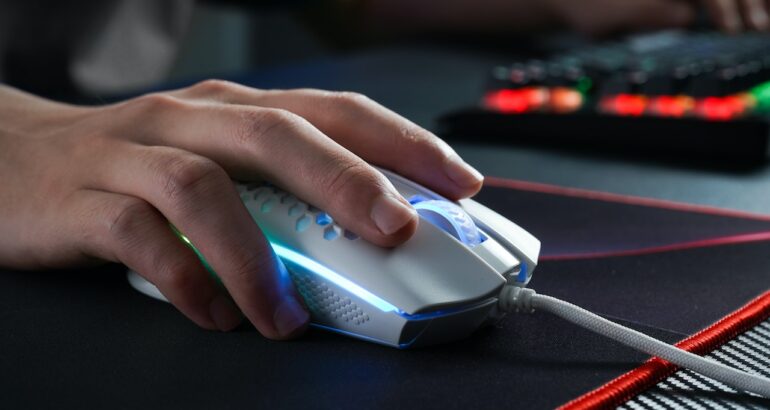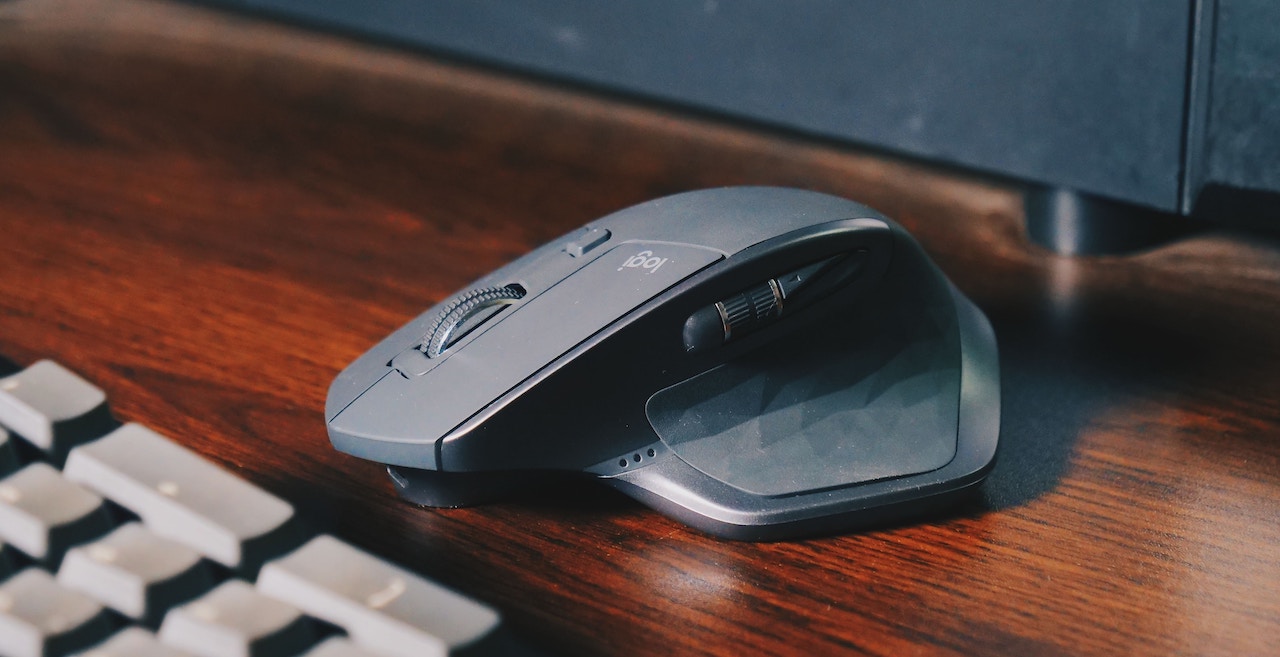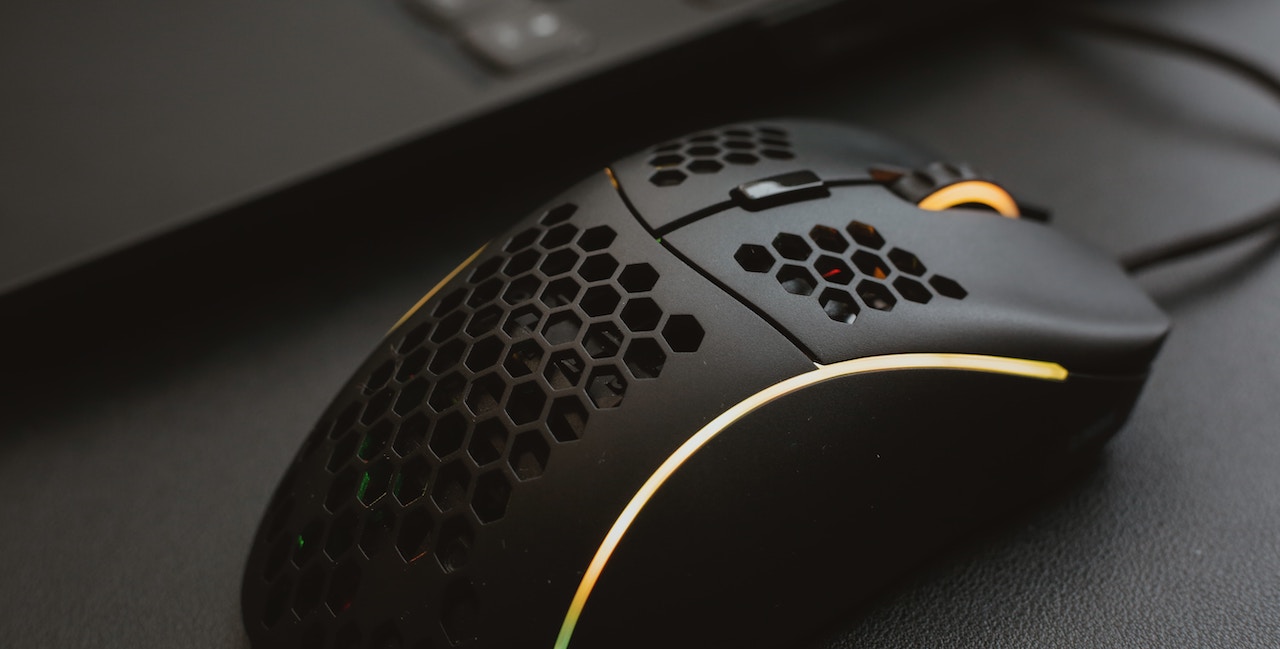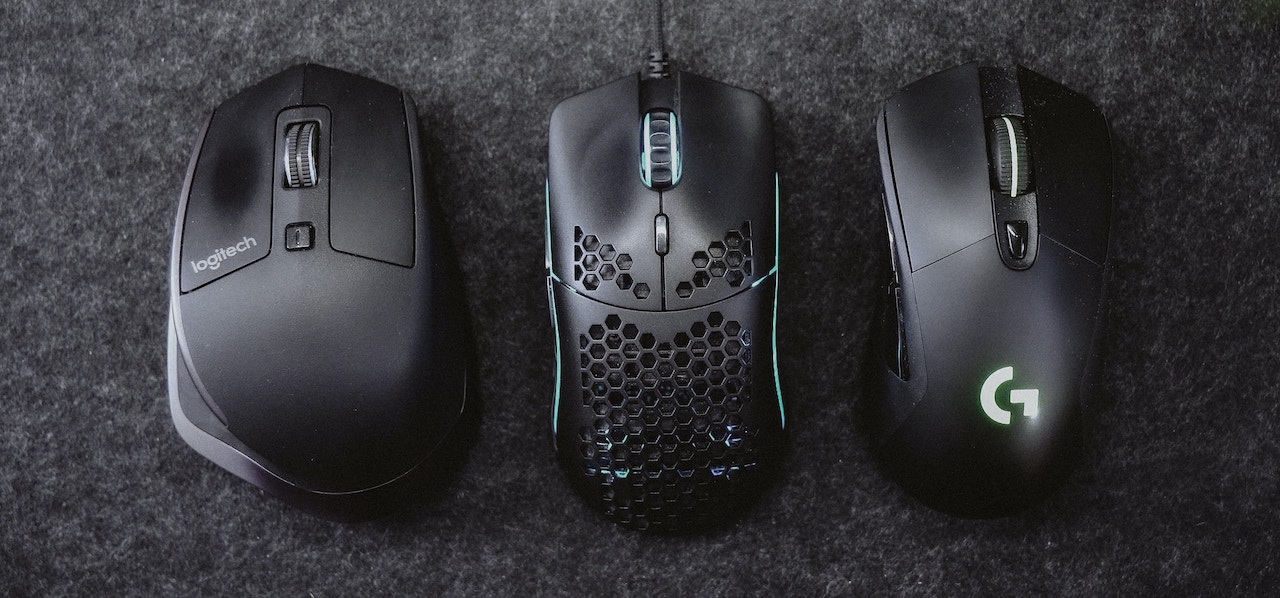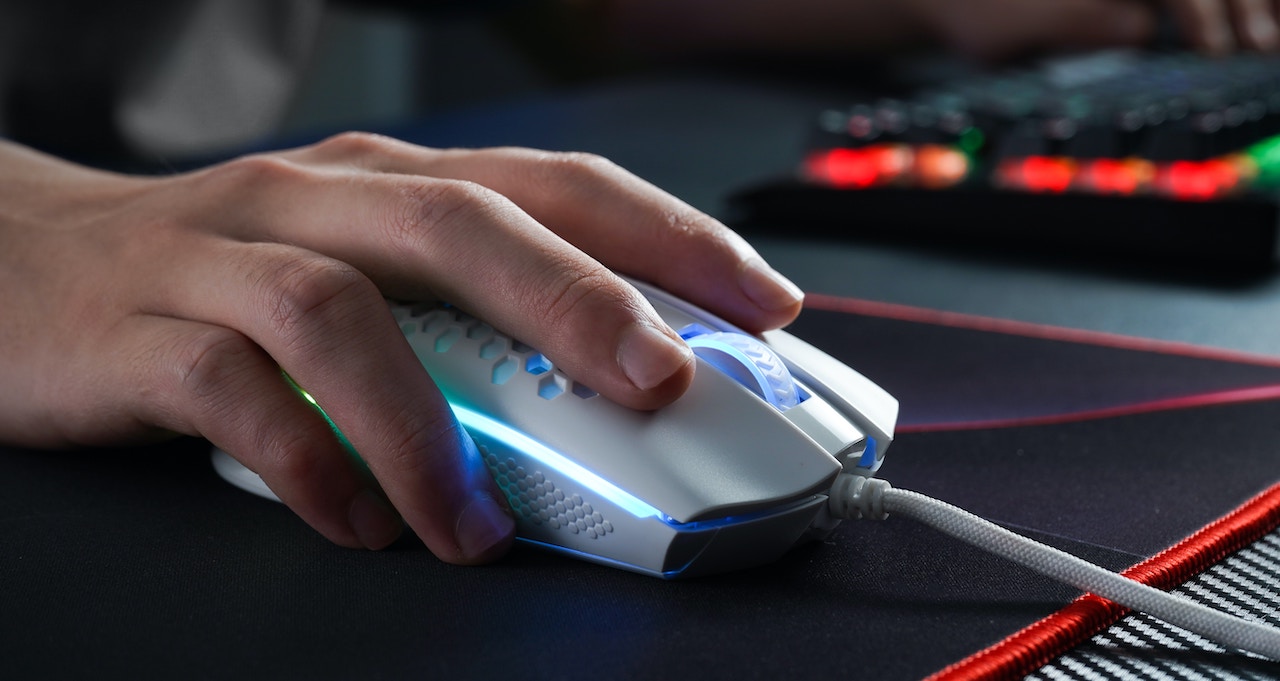For gamers, having the right equipment can make a significant difference in their performance and overall gaming experience. A high-quality gaming mouse is an essential part of any gamer’s setup. With so many options available, it can be challenging to know what to look for when selecting a gaming mouse. This guide will give you everything you need to know to make an informed decision when shopping for a gaming mouse. From understanding different types of mice and their features to considering your personal preferences, we’ll cover all the key factors to help you find the perfect gaming mouse for your needs.
Number 1. Wired or Wireless?
In the past, purchasing a wireless gaming mouse meant sacrificing responsiveness compared to a wired mouse. However, advancements in wireless connectivity over the last few years have made the difference in latency between a high-quality wireless model and a trusted wired gaming mouse nearly imperceptible. It’s important to note that this only applies to mice using a 2.4GHz connection with a USB dongle and not Bluetooth, which typically has higher latency and is not recommended for gaming.
Despite improved battery life, wireless gaming mice still have trade-offs. Due to their higher performance demands and RGB lighting, they tend to have shorter battery life than traditional wireless models, lasting only a few days with regular use. Additionally, good wireless gaming mice are generally more expensive than wired models.
However, for those who dislike the feel of “cable drag” or have an awkwardly located gaming PC, the premium for a wireless model may be worth it. Many wireless gaming mice also come with a cable for backup. If price is a concern, a good wired mouse may be a better value.
Number 2. Grip for comfort
The comfort level of a mouse is largely subjective, as everyone’s hands are different. However, ensuring that you are comfortable while using the mouse is essential. With this in mind, we have tested each device we reviewed to consider how they work for small, average-sized, and large hands. Additionally, we have taken into account the three grip styles that most people use when holding a mouse: palm, fingertip, and claw. A palm grip, which is when your whole hand rests on the mouse with your fingers resting flat on the main buttons, tends to offer the greatest sense of control.
On the other hand, a fingertip grip can allow for more rapid movements, while a claw grip is a balance between the two. If a mouse is not well-suited for a particular grip style, we will note it below. For more detailed information on the grip styles, Switch and Click has a good breakdown. It’s worth noting that the author of this article is a claw gripper most of the time.
Number 3. The quality of the build and the overall design
A sturdy gaming mouse that can withstand strenuous use without flexing or creaking is crucial. In addition, we looked for mice with smooth finishes that can handle sweaty palms during long gaming sessions and avoided those with sharp angles or grooves that might be awkward to hold.
The gaming mouse market has two primary design styles: ergonomic and ambidextrous. Ergonomic mice are typically designed for right-handed users, with dedicated thumb rests, while ambidextrous models are symmetrical and can be used with either hand (although they may not have extra buttons on both sides). The choice between these designs largely depends on personal preference.
When it comes to a gaming mouse’s feet, look for ones made of PTFE (Teflon) for the best performance, providing a consistent glide and reducing friction between the mouse and the surface underneath. Although the feet will eventually wear down, most mice come with spares, and replacements are available from most manufacturers.
While RGB lighting is a nice feature to have, it’s not a necessity. Adjustable lighting effects can add to the gaming experience if you already have RGB in your setup, but some mice also allow you to assign custom lighting settings to different profiles, making it easier to keep track of which one you’re currently using.
Number 4. The overall weight of the mouse
Gaming mouse have become increasingly light in recent years, with some versions weighing as low as 45 grammes. Your mouse doesn’t have to be so light – anything under 80g is still rather light, and a 100g mouse doesn’t feel like an anchor. In any case, a little weight makes it easier to do repeated quick motions with less inertia. Having said that, some players still like a touch of weight in their gaming mouse (relatively speaking), especially in games that don’t rely on quick reflexes.
Several manufacturers have created gaming mice with “honeycomb”-style designs, which have many cutouts in the exterior shell, to achieve such lower weights. These mice can still operate admirably, but having a slew of holes that expose the internal circuit board to perspiration, dust, and other debris isn’t ideal for long-term reliability. As a result, we normally avoid recommending models with this design.
Number 5. All about the buttons
An increasing number of gaming mice are now utilizing optical switches instead of mechanical ones, offering greater durability and reduced chances of unwanted double-clicks over time due to fewer physical contact points. While mice with mechanical switches are still a viable option, they do come with a higher long-term risk.
Given that most users will also use their gaming mouse as their regular mouse, we favored models with buttons that have a softer feel when pressed and enough travel to minimize inadvertent clicks. However, the ideal button feel ultimately depends on personal preference, and some may prefer lighter buttons for games that require constant clicking. We also ensured that each mouse we recommend has a sufficiently low click latency, as per testing from sites such as Rtings, to ensure minimal delay between clicks and actions.
Apart from the primary click buttons, a good gaming mouse should feature programmable buttons for quick macros or shortcuts. For most games, having at least two extra buttons on the thumb side that are easy to reach but difficult to press accidentally is ideal. While some mice offer more buttons, it is not always an advantage if they require finger contortions to avoid accidental pressing. For MMO games, having at least 12 side buttons can help access numerous hotbar commands.
Regarding the scroll wheel, it should feature distinct, ratcheted steps that provide tactile feedback without being too resistant. The texture should be grippy, and the wheel should not produce distracting noise when in use. Additionally, the wheel should be clickable, providing another input option to customize for certain games.
Number 6. Software and optional onboard memory
It doesn’t take long to come across horror stories about bugs and other minor troubles created by gaming mouse software, therefore the perfect programme is one that doesn’t require you to use it all of the time. It should allow you to customise as many of the aforementioned characteristics as possible, ideally across many profiles. Ideally, you should be able to store your settings straight to the mouse, allowing you to pick up your changes on another device without having to redownload any software. All of this is most critical on Windows, although Mac compatibility is always a plus.
